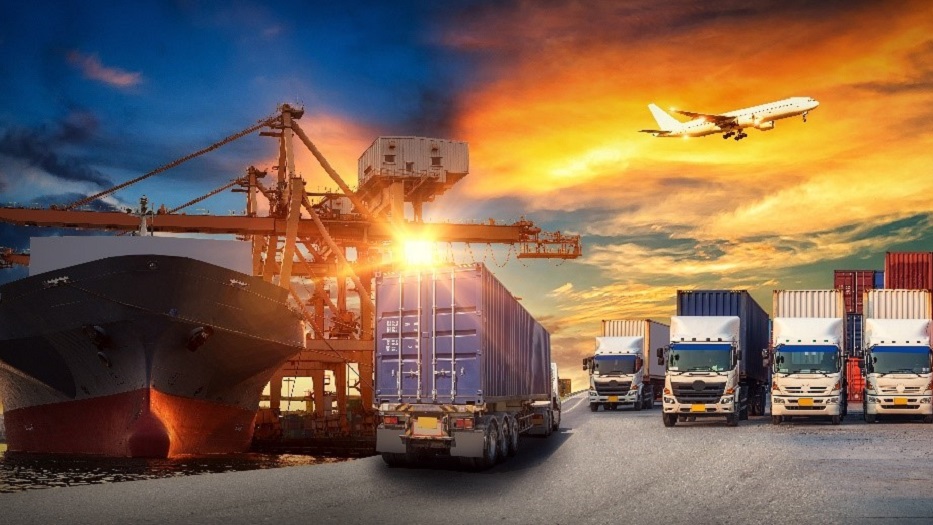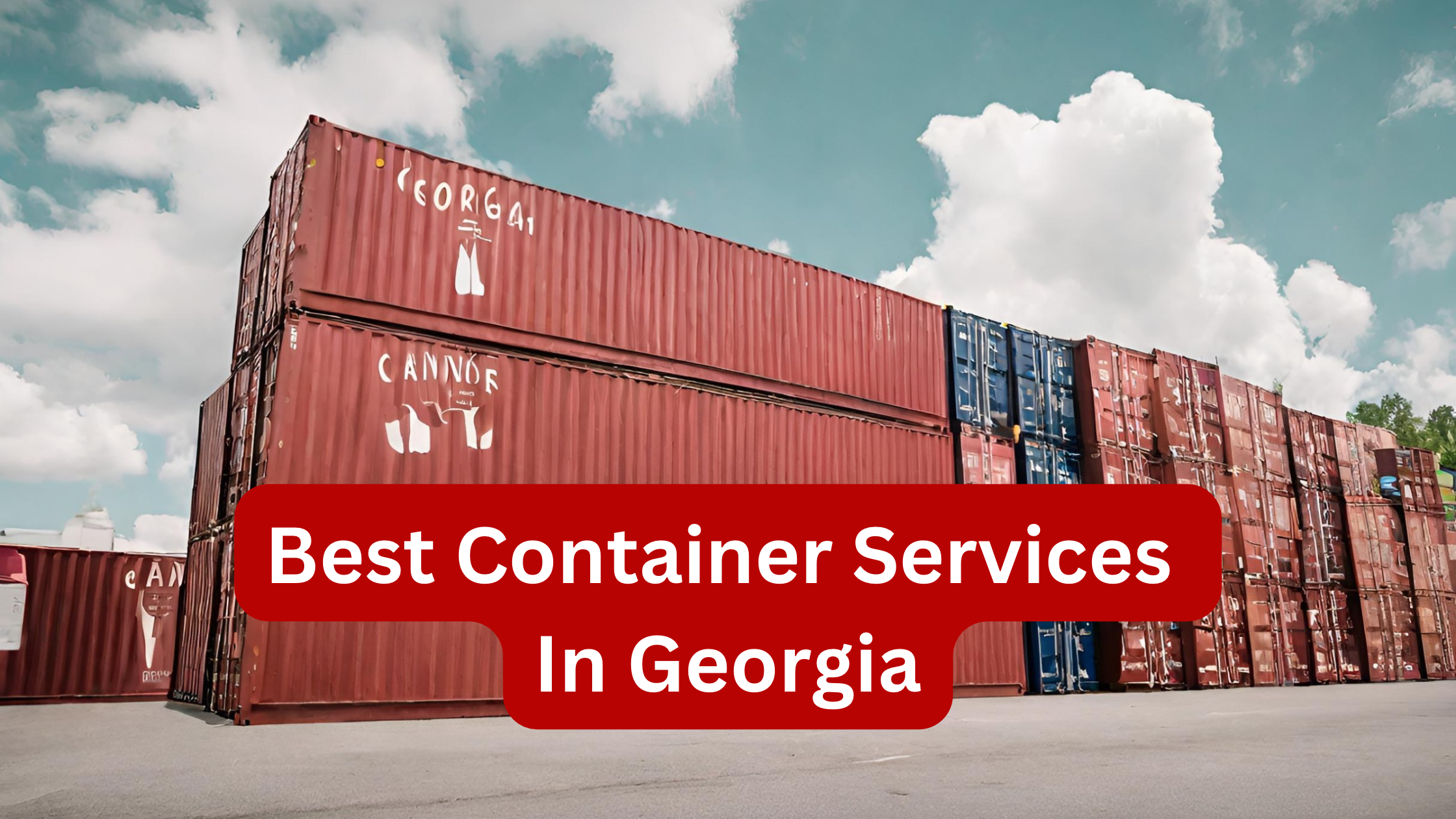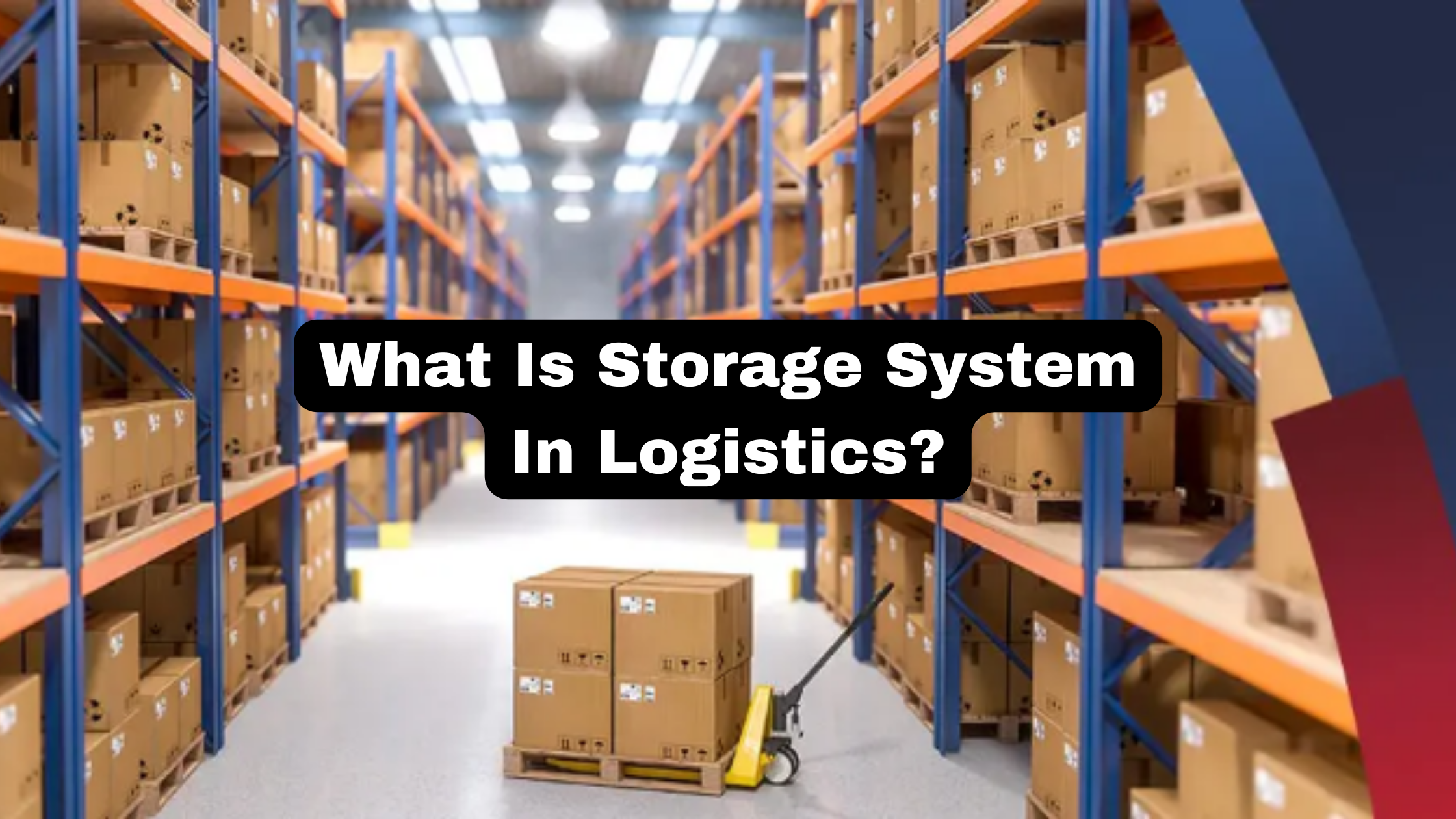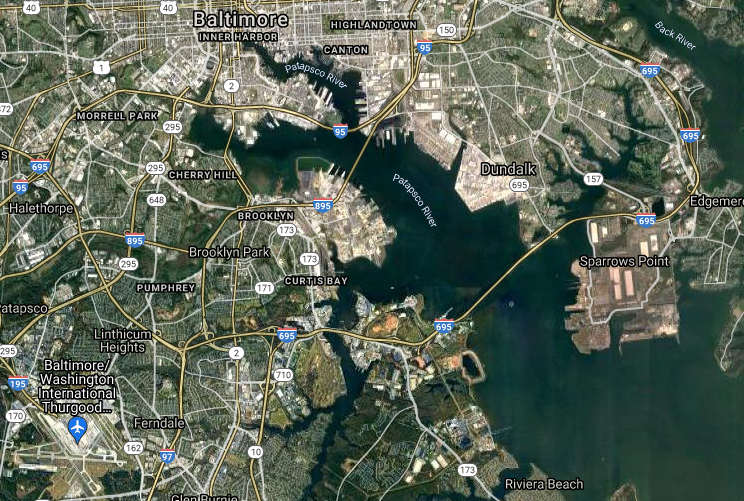Intermodal transportation services have plenty of advantages and benefits. It has lower costs, uses fast transport, and has consistent capacity. The most significant advantage of intermodal transportation is being environmentally friendly. It helps reduce the carbon footprint. It is a fact that moving one ton of cargo a mile through the railways will always minimize carbon dioxide and carbon monoxide emissions by over 80 percent. Railways are an environmentally friendly option that helps an organization look at transport modes and allows it to reduce the overall carbon footprint. Shippers do not have to stay in the dark as intermodal transportation has made things quite easy and convenient.

Intermodal transportation also provides flexibility in freight movement. The more effectively your plan is handled the more easily you can save. The container used in intermodal transportation is the warehouse. It offers the cargo its protection and helps to use this method of moving cargo.
Technological advancements have already made intermodal transportation not only reliable but also efficient. The capacity is available whenever you need it. The containers have tracking and tracing capabilities that make things a lot more convenient for the end users.
Disadvantages of Intermodal Transportation
The disadvantages of intermodal transportation are pretty many:
- It results in high costs if the whole process is not handled efficiently;
- There is no high speed when it comes to intermodal transportation. It has to be moved many times which already slows down the progress;
- Some of the transportation modes are quite slow and some tracks do not offer direct routes;
- The method of intermodal transportation depends on different modes of transit. Even if there is a disruption in one link, the whole process is badly affected. Any kind of equipment failure and bad weather conditions can also disrupt the services quite easily;
- That is why there is overall low reliability on intermodal transportation by users whose preference is to have a speedy transit mode of transportation;
- The cargo is continuously shifted around as it reaches its destination through various handlings;
- The possibility of damage is more significant in it but the organization can mitigate the risk by taking any kind of preventive measures;
- Another disadvantage of intermodal transportation is the high infrastructure costs. The containers have not only reduced the cost of transporting goods but handling them is no easy task;
- The shippers need equipment and a crane to manipulate large containers which might not be available at every terminal. The infrastructure and equipment that is rail access, giant cranes, and warehousing facilities are essential components of intermodal transportation that need capital investment.
Types of Intermodal Transportation
If you are wondering what are the types of intermodal services then this blog is for you! Here are the two kinds of intermodal transportation:
COFC – Container on Flat Car which is an ineffective method for intermodal shipping as four containers are loaded onto the good car.
TOFC–Trailer on Flat Car is an intermodal transportation method where an over-the-road trailer is placed on the good car.
The COFC and TOFC are considered useful in intermodal transportation as it has been used to cut down on manual labor. It has not only saved effort, time, and money for intermodal shippers. When you have to move the freight 300 miles or more within a day, it is your best choice. If an organization is looking for any means to minimize the company’s carbon footprint, then intermodal transportation is the right fit for you.
We hope all these facts about intermodal transportation services can help remove the cargo from the container it has been packed in.








